
The TRUTH about BMI (Body Mass Index)
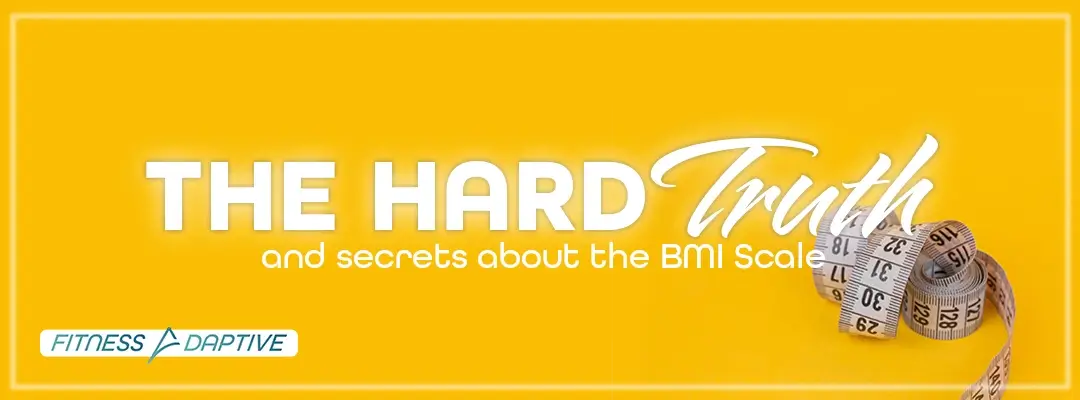
Welcome to the Fitness Adaptive live podcast! Today’s topic is BMI or body mass index. BMI is a common body composition measurement that is misunderstood and usually inaccurate. I came across BMI when I first started studying fitness. I started reading about it and thought, “This isn’t a very accurate form of measuring body composition.”
What is BMI?
BMI is measured by taking your total body weight, and dividing it by your body height. In the metric scale, take your weight in kilograms and divide it by your height in meters squared. In the imperial system, take your weight in pounds, multiply it by 703, and divide it by your height in inches squared. These equations take your total weight divided by your height. The resulting number is classified in a weight status, to determine if you are maintaining a healthy weight. (See the chart below for BMI classifications for weight.) Generally, these BMI equations are completely inaccurate for determining obesity levels.
Why is BMI inaccurate?
When someone is overweight or obese, it simply means that they have excess body fat. (Refer to the body fat percentage chart below for body fat classifications.) When someone wants to lose weight, they typically want to burn off body fat. BMI takes your total weight divided by your total height to determine obesity level. The problem is that BMI only takes into account your total body weight. It doesn’t take into account how much of that weight comes from body fat and how much of that weight comes from lean muscle mass.
Muscle weighs more than fat, so using your weight and height to determine if your weight is healthy can give flawed results. If you are someone with a lot of muscle mass, your BMI may be higher, implying an unhealthy, high weight. If you are someone with very little muscle mass, your BMI may be lower, while your body fat percentage is actually high.
Here are a couple examples.
Client A: 20 year old male, 6’3, 140lbs, 25% body fat
Client B: 30 year old male, 5’8, 200lbs, 8% body fat.
If we calculate BMI for these clients we get different story:
Client A: 140/752x703=140/5625×703 = 17.49
Client B: 200/682x703=200/4624×703 = 30.4
On the BMI scale, client A is underweight with a 17.49 BMI, however, on the body fat percent scale, 25% body fat is classified as obese, so he is obese on the body fat scale, but underweight on the BMI scale. On the BMI scale, client B is obese with a 30.4 BMI, however, on the body fat percent scale, 8% is classified as very lean, so he is obese on the BMI scale, but very lean on the body fat percent scale. As you can see from these two examples, BMI is not a reliable form of measurement.
The fact is, whether you are overweight or underweight, is determined by your body fat percentage, not your total weight. When people want to lose weight, they typically want to lose body fat. When people want to gain weight, they typically want to put on muscle. BMI is not a method of determining whether you are overweight or underweight because obesity is classified by body fat percentage, not weight. BMI doesn’t take into account how much of your weight is muscle mass, and how much of your weight is body fat.
Start your fitness journey!
If you are interested in losing weight, looking better, feeling better, and living healthier, check out Fitness Adaptive. I have a weight loss course that specifically goes over how to lose weight, how to track your progress, weight loss myths, and how to calculate nutritional needs for weight loss. If you have any questions or if you’re ready to take your abilities to the next level, contact me. Test my methods and prove its ability to produce results. Check out my website for information on courses, training and more fitness tips. Contact me and let’s go over your goals. This is my invitation to you, to take the next step and get the results that YOU WANT!
BMI Classification BMI(kg/m2)(lb/in2 x703) Obesity Class
|
Underweight |
<18.5 |
|
|
Normal |
18.5-24.9 |
|
|
Overweight |
25.0-29.9 |
|
|
Obese |
30.0-34.9 |
1 |
|
35.0-39.9 |
2 |
|
|
Extreme Obesity |
>40.0 |
3 |
Body Fat Percent Scale(Male)
Age
|
Very Lean |
<5(not recommended) |
3-7 |
4-10 |
5-13 |
8-16 |
11-17 |
12-18 |
|
Lean(Low) |
5-10 |
8-10 |
11-13 |
15-17 |
17-19 |
19-21 |
19-20 |
|
Leaner Than Average |
– |
11-12 |
14-16 |
18-20 |
20-22 |
22-23 |
21-22 |
|
Average(Mid) |
11-25 |
13-15 |
17-19 |
21-22 |
23-24 |
24-25 |
23-24 |
|
Fatter Than Average |
– |
16-18 |
20-22 |
23-25 |
25-27 |
26-27 |
25-26 |
|
Fat(Upper) |
26-31 |
19-21 |
23-26 |
26-28 |
28-30 |
28-29 |
27-29 |
|
Obese |
>31 |
23-35 |
27-38 |
29-39 |
31-40 |
31-40 |
30-39 |
Male Rating 6-17 18-25 26-35 36-45 46-55 56-65 66+
Body Fat Percent Scale(Female)
Age
Female Rating 6-17 18-25 26-35 36-45 46-55 56-65 66+
|
Very Lean |
<12(not recommended) |
9-17 |
7-16 |
9-18 |
12-21 |
12-22 |
11-20 |
|
Lean(Low) |
12-15 |
18-19 |
18-20 |
19-22 |
23-25 |
24-26 |
22-25 |
|
Leaner Than Average |
– |
20-21 |
21-22 |
23-25 |
26-28 |
27-29 |
26-28 |
|
Average(Mid) |
16-30 |
22-23 |
23-25 |
26-28 |
29-30 |
30-32 |
29-31 |
|
Fatter Than Average |
– |
24-26 |
26-28 |
29-31 |
31-33 |
33-35 |
32-34 |
|
Fat(Upper) |
31-36 |
27-30 |
29-32 |
32-35 |
34-37 |
36-38 |
35-37 |
|
Obese |
>36 |
32-43 |
34-46 |
37-47 |
39-50 |
39-49 |
38-45 |
Welcome to the revolutionary personal training solution that aims to change the world. Read about our goals, motivations, and roadmap for the future as we continually grow and expand our operations…

SIMILAR POSTS
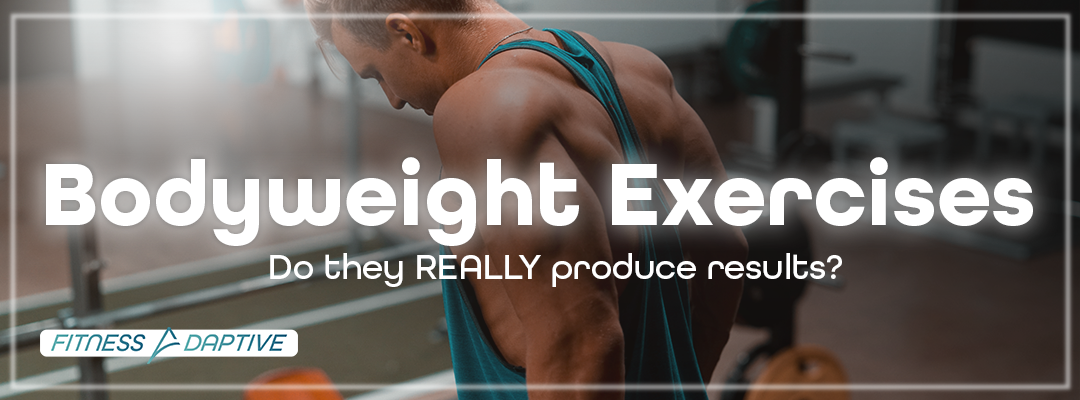
Bodyweight Exercises
It seems really fortunate that there are so many things you can do to improve your fitness without expensive equipment, but do bodyweight exercises actually work? Have you ever bought a workout program that promised results that never came to fruition?
RECOMMENDED

Simple Carbs vs Complex Carbs
“How many carbs should I consume?” “Should I keep a low carb count?” “Should I carb-load?”
RECOMENDED FOR YOU

Bodyweight Exercises
It seems really fortunate that there are so many things you can do to improve your fitness without expensive equipment, but do bodyweight exercises actually work? Have you ever bought a workout program that promised results that never came to fruition?

Hydration
Are you Hydrated enough? You’ll be suprised to know you’re probably not…

Simple Carbs vs Complex Carbs
“How many carbs should I consume?” “Should I keep a low carb count?” “Should I carb-load?”
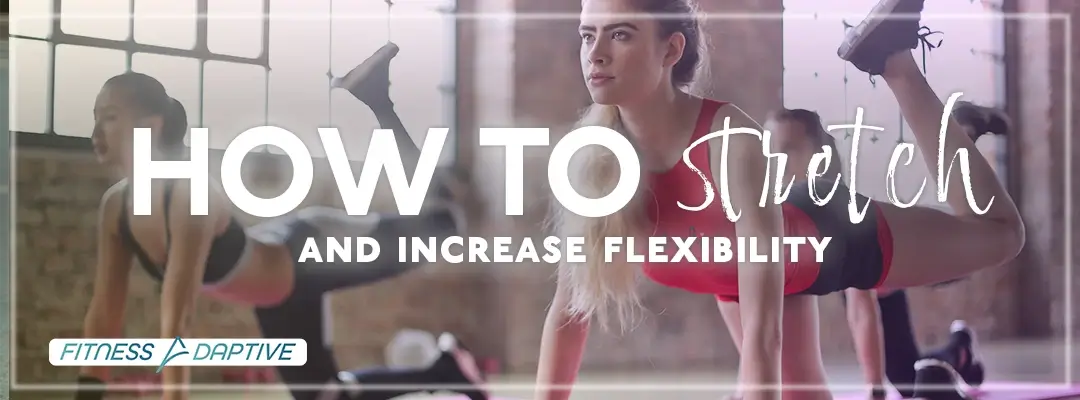
How to Stretch and Increase Flexibility
Each type of stretching accomplishes a different goal, so knowing when to perform each type of stretch is important. To understand when and how long you should stretch, think of a recipe…
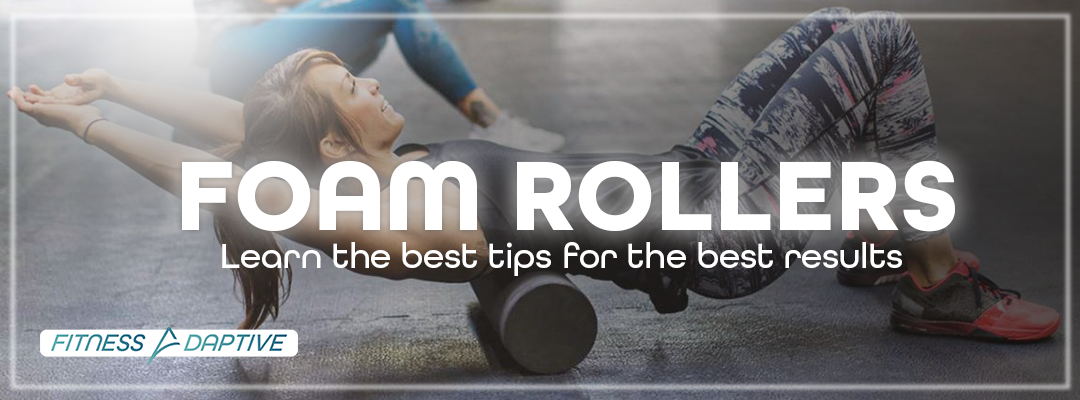
Foam Rolling | Tips and Tricks
I often wondered, “What is the proper way to do these things?” After high school I signed up for a few personal trainers at a gym and started studying fitness. During my experience and studies, I came across a crucial element to fitness that most athletes, coaches, and trainers are neglecting: foam-rolling.

Squatting | Are you doing it right?
Welcome to the Fitness Adaptive live podcast! Today, I’m going to talk about squatting. What are the different types of squats? What types of squats should you be doing? How can I improve my squats?
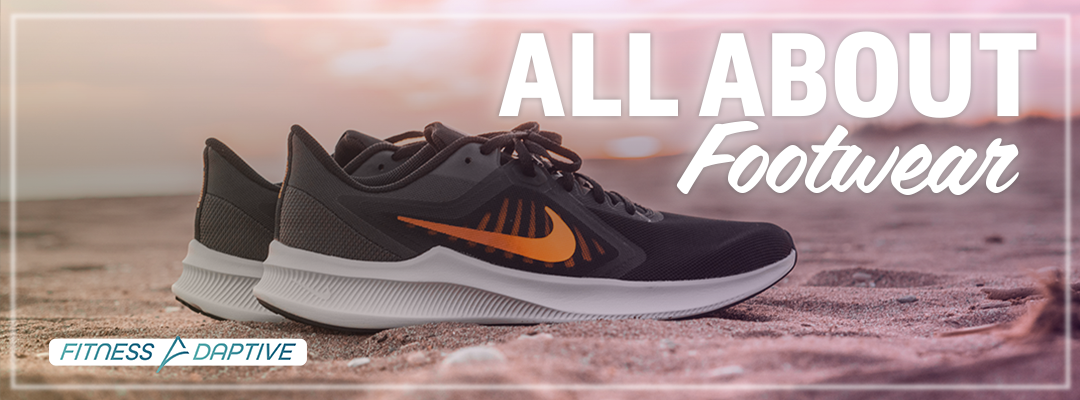
All About Footwear | Types of Shoes, Factors To Consider
Today I’m going to go over footwear. I’ll talk about what types of shoes you should wear, based on your goals, what sports you play, what you do for work, foot size, foot type, etc..

Running Faster | What can you do?
Today, let’s talk about some common misconceptions about training to run a faster mile, 5k, or 800m. Train better, faster, and harder for results when it comes to running short and long-distance!
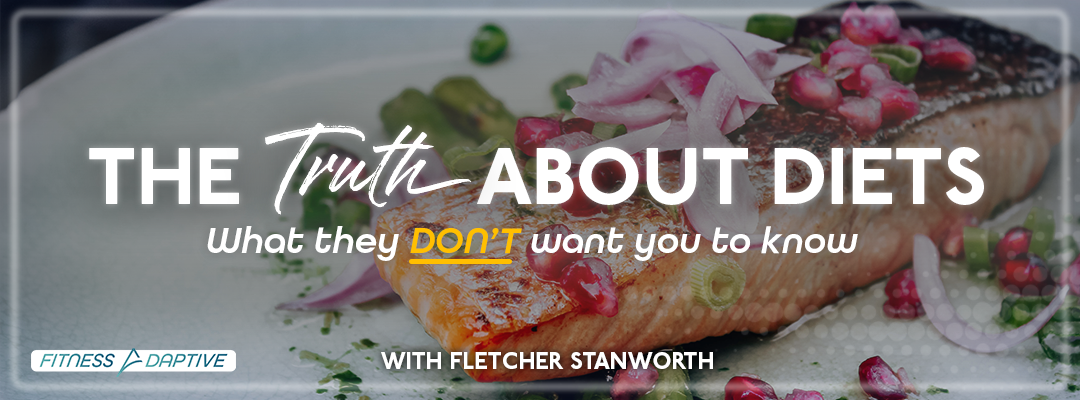
The TRUTH About Diets | What They DON’T Want You to Know!
[object Object]

Welcome to Fitness Adaptive
Welcome to the revolutionary personal training solution that aims to change the world. Read about our goals, motivations, and roadmap for the future as we continually grow and expand our operations…

Bodyweight Exercises
It seems really fortunate that there are so many things you can do to improve your fitness without expensive equipment, but do bodyweight exercises actually work? Have you ever bought a workout program that promised results that never came to fruition?

Hydration
Are you Hydrated enough? You’ll be suprised to know you’re probably not…

Simple Carbs vs Complex Carbs
“How many carbs should I consume?” “Should I keep a low carb count?” “Should I carb-load?”

How to Stretch and Increase Flexibility
Each type of stretching accomplishes a different goal, so knowing when to perform each type of stretch is important. To understand when and how long you should stretch, think of a recipe…

Foam Rolling | Tips and Tricks
I often wondered, “What is the proper way to do these things?” After high school I signed up for a few personal trainers at a gym and started studying fitness. During my experience and studies, I came across a crucial element to fitness that most athletes, coaches, and trainers are neglecting: foam-rolling.

Squatting | Are you doing it right?
Welcome to the Fitness Adaptive live podcast! Today, I’m going to talk about squatting. What are the different types of squats? What types of squats should you be doing? How can I improve my squats?

All About Footwear | Types of Shoes, Factors To Consider
Today I’m going to go over footwear. I’ll talk about what types of shoes you should wear, based on your goals, what sports you play, what you do for work, foot size, foot type, etc..

Running Faster | What can you do?
Today, let’s talk about some common misconceptions about training to run a faster mile, 5k, or 800m. Train better, faster, and harder for results when it comes to running short and long-distance!

The TRUTH About Diets | What They DON’T Want You to Know!
[object Object]

Welcome to Fitness Adaptive
Welcome to the revolutionary personal training solution that aims to change the world. Read about our goals, motivations, and roadmap for the future as we continually grow and expand our operations…
BECOME A FITNESS ADAPTIVE MEMBER TODAY
Get perks, discounts, and benefits when you become a member with Fitness Adaptive. Starting at 2.99$ a month, you’ll get access to all of our tools, weekly newsletter, and much, much more!
